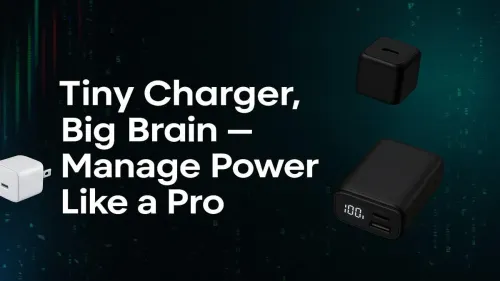
Smart Power Use
Discover portable charger power management tips to extend battery life and enhance device efficiency 🚀 Plug in smarter today!
DDR5 power efficiency guidance to cut energy use and limit heat during loadshedding — practical BIOS tweaks, cooling upgrades, and monitoring steps to keep systems stable. 🔋🔥
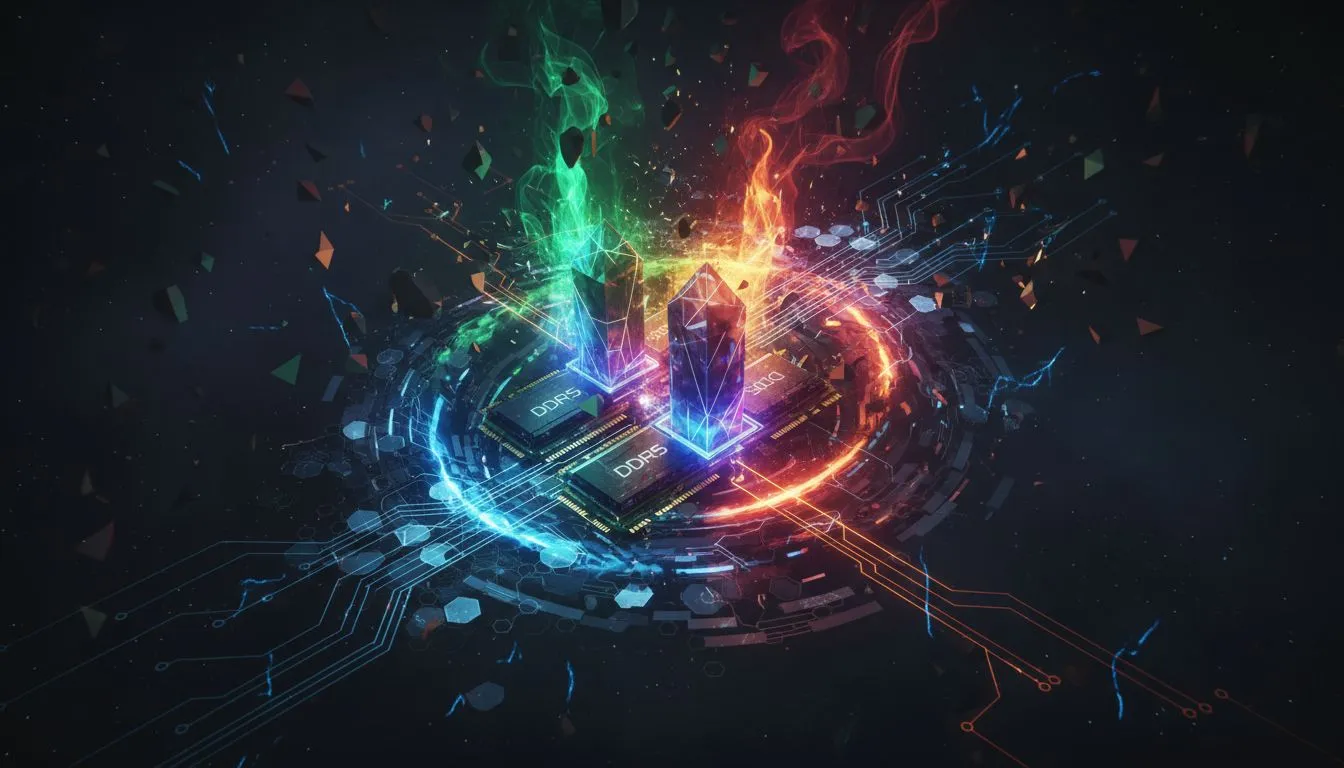
Loadshedding hits. The lights die, the inverter hums to life, and your room starts to feel like a sauna without the aircon. Suddenly, every watt your PC pulls matters... not just for your UPS battery, but for the heat it generates. This is where DDR5 memory shines. It’s not just about blistering speed; its clever design offers superior power efficiency, helping you keep your cool when Eskom can’t. Let's dive into managing heat with smarter tech.

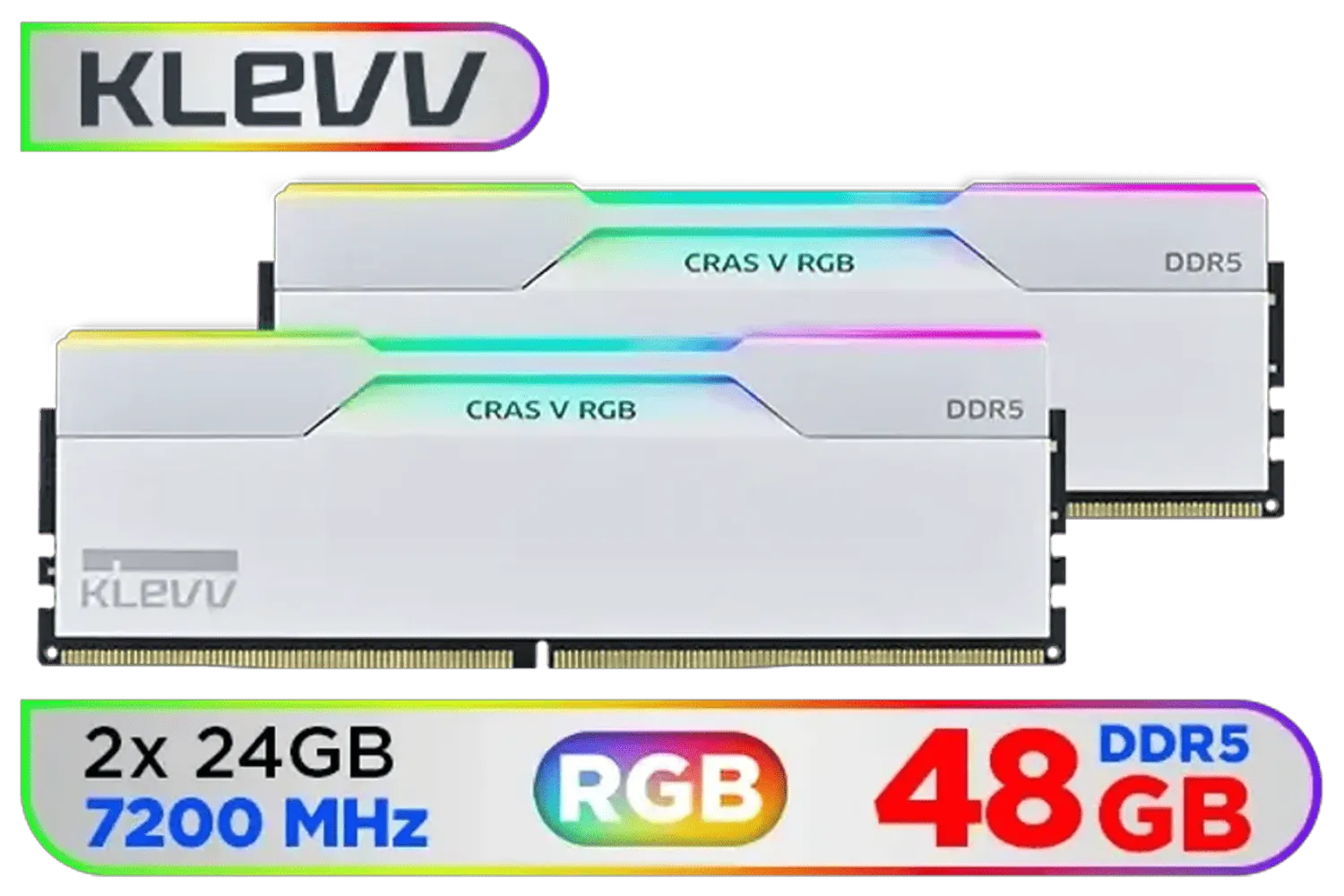




The secret to DDR5 power efficiency lies in two key upgrades over its predecessors. Firstly, DDR5 operates at a lower voltage of 1.1V, compared to the 1.2V standard for most DDR4 memory. While that seems like a tiny drop, it adds up across multiple modules, reducing the overall power draw and, consequently, the heat output.
Secondly, DDR5 introduces an on-die Power Management Integrated Circuit (PMIC). Instead of the motherboard managing power for the RAM sticks, each DDR5 module regulates its own voltage. This results in cleaner, more stable power delivery, which boosts both performance and efficiency. It’s a smarter way to handle power, making the entire memory subsystem more robust.
Picture this: you're in a tense final circle in Apex Legends. The power cuts. Your UPS saves the day, but your fan-cooled room quickly becomes stuffy. As your PC components work hard, they generate heat. Without external cooling, that heat gets trapped, potentially causing thermal throttling—where your CPU and GPU slow down to protect themselves. 🥵
This is where components with better power efficiency become so valuable. Less power consumed means less heat wasted. A cooler system is a more stable system, ensuring your frame rates don't tank at the worst possible moment. The reduced strain on your components can also lead to a longer lifespan for your prized gaming rig.
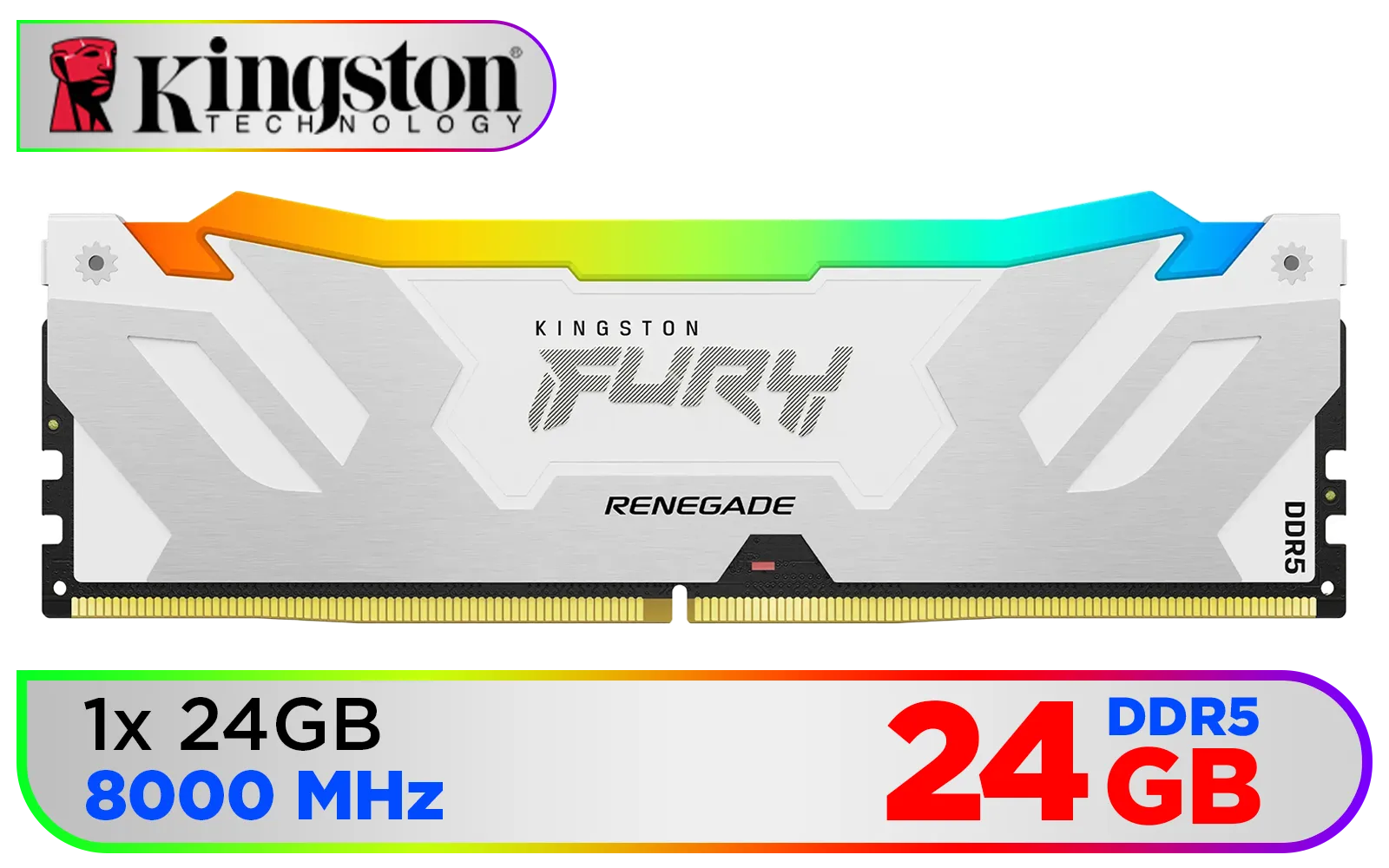
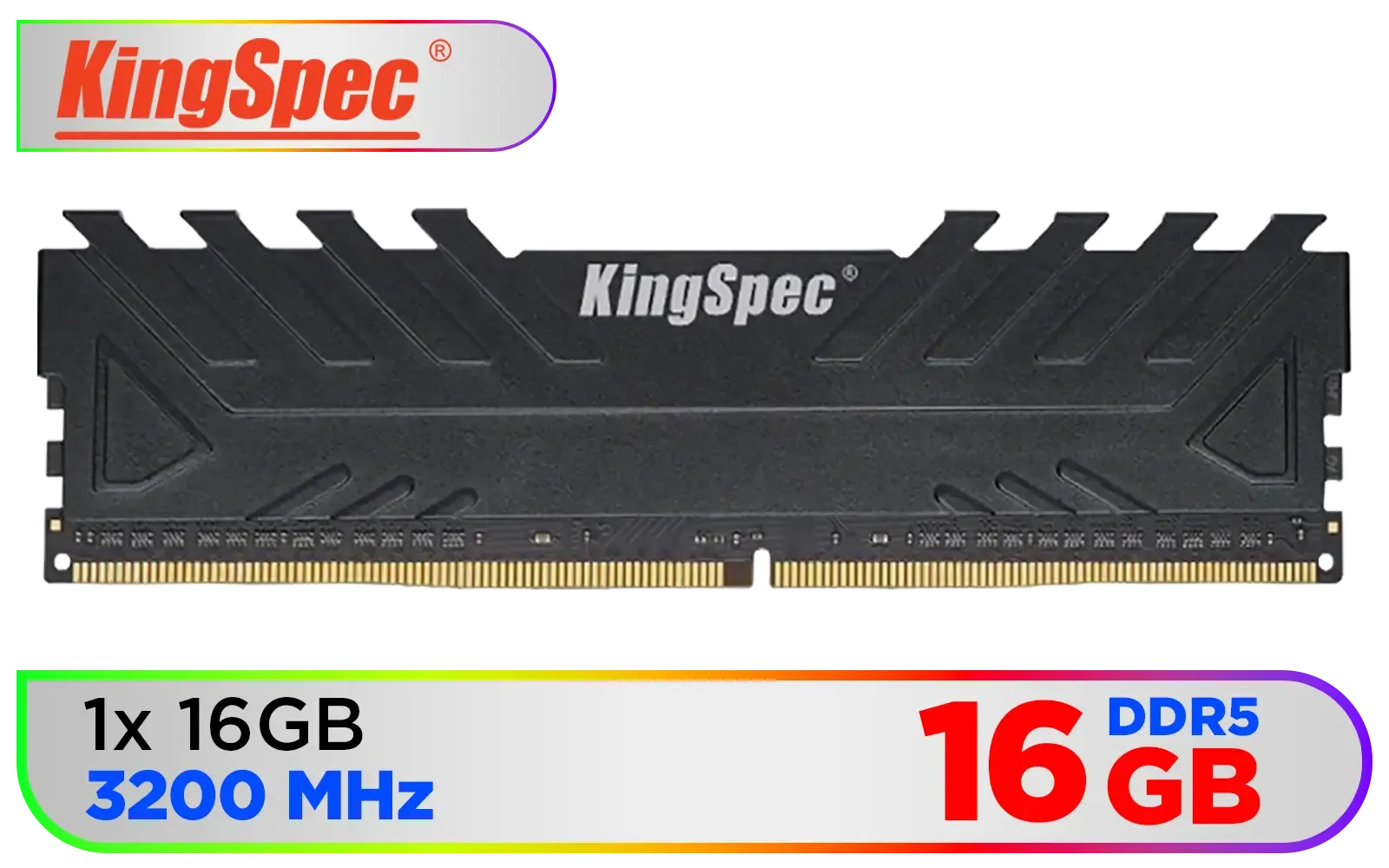




Unplug your PC and pop the side panel off. Are your fan cables neatly tucked away, or are they dangling in the middle of the case? Good cable management isn't just for looks; it clears pathways for air to flow freely from your intake fans to your exhaust fans, drastically improving cooling performance without costing a cent.
While upgrading is a great long-term solution, there are things you can do right now to improve your PC's thermal performance.
Most modern motherboards come with software that lets you control your fan speeds. Instead of letting them run on a default setting, create a custom "loadshedding" profile. This curve can ramp up fan speeds more aggressively at lower temperatures to proactively push heat out of the case, giving you more thermal headroom before things get too hot.
Dust is the enemy of a cool PC. It clogs up filters, blankets heatsinks, and suffocates your components. Make it a habit to clean your PC's dust filters every month. A can of compressed air can work wonders on dusty GPU and CPU coolers, restoring their ability to dissipate heat effectively. It's a simple step that many gamers, even those with a solid 16GB DDR4 kit, often forget.
Will upgrading from DDR4 to DDR5 slash your electricity bill? Honestly, no. The power saving from RAM alone is modest. However, the true benefit of DDR5 power efficiency is realised when it's part of a complete, modern system.




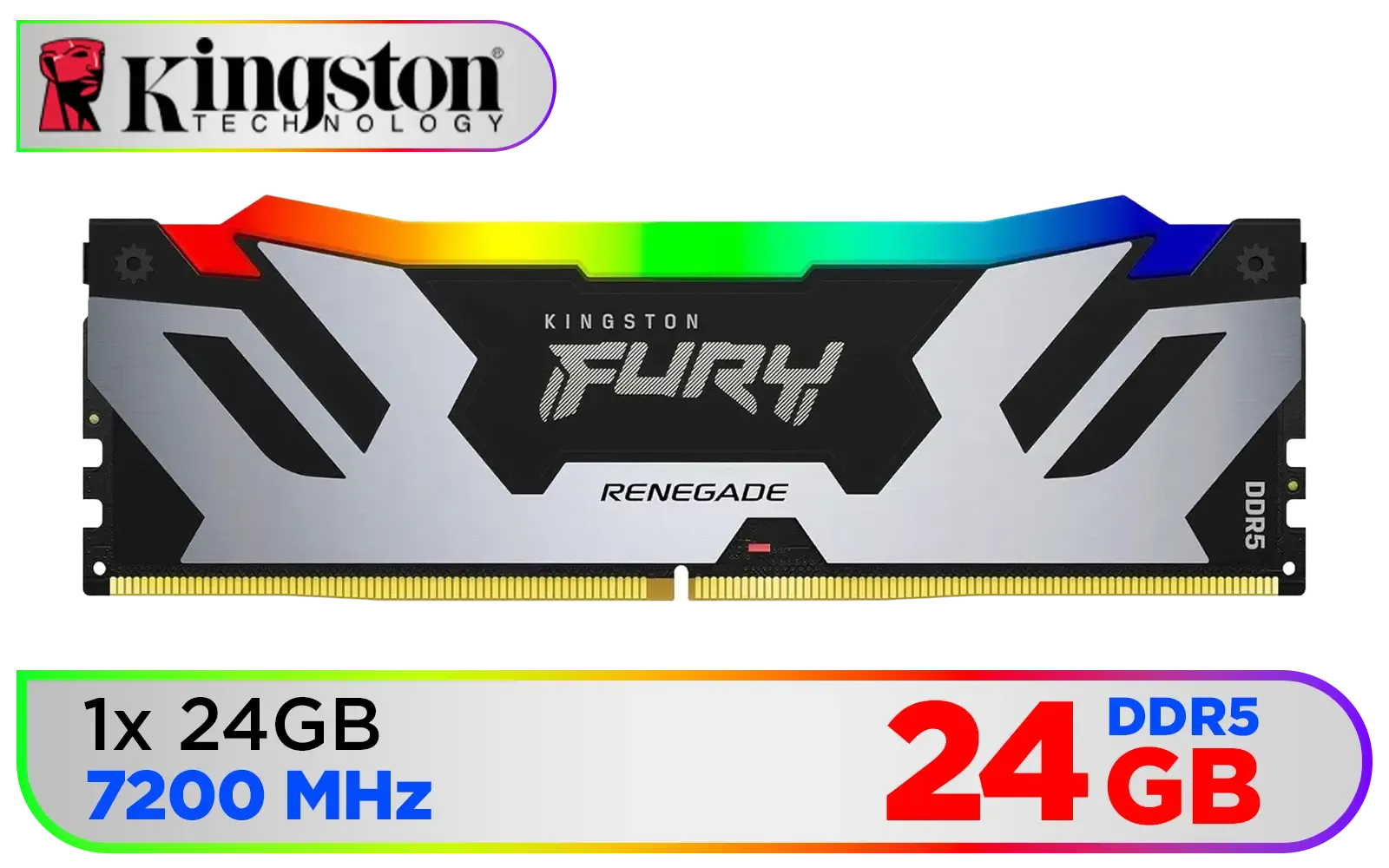

When combined with an efficient CPU and a modern graphics card, the small savings from each component add up. This creates a PC that runs cooler, quieter, and remains more stable under pressure... especially when the lights are out. It’s a massive leap from the days of power-hungry DDR3 gaming RAM, where brands like Kingston set the standard for DDR3 but efficiency wasn't the top priority it is today. Choosing efficient parts is a proactive strategy for building a resilient loadshedding-proof rig. ✨
Ready to Build a Cooler, Smarter Rig? Beating the heat during loadshedding starts with smart component choices. DDR5's efficiency is a key piece of that puzzle, ensuring stability when it matters most. Explore our wide range of DDR5 memory and give your PC the cool-headed advantage it deserves.
Tweak BIOS power profiles, lower memory frequency, enable power-saving features and use DDR5 low-power settings to reduce draw and heat.
Yes — controlled undervolting lowers voltage and DDR5 heat while cutting power draw; follow guides to undervolt DDR5 safely.
Disable aggressive XMP, reduce frequency, enable power-saving modes and adjust VTT; see BIOS DDR5 power settings for loadshedding.
Use motherboard tools, HWiNFO or dedicated sensors to log temps and power use and apply DDR5 energy-saving tweaks when needed.
Yes — improved case airflow, directed RAM fans and quality heatsinks reduce hotspots and support DDR5 fan airflow optimization.
ECC improves stability but can slightly raise power use; weigh error reduction against DDR5 ECC power saving goals.
Lower memory frequency/voltage, disable XMP, improve cooling and monitor temps to reduce DDR5 heat during outages and restore stability.